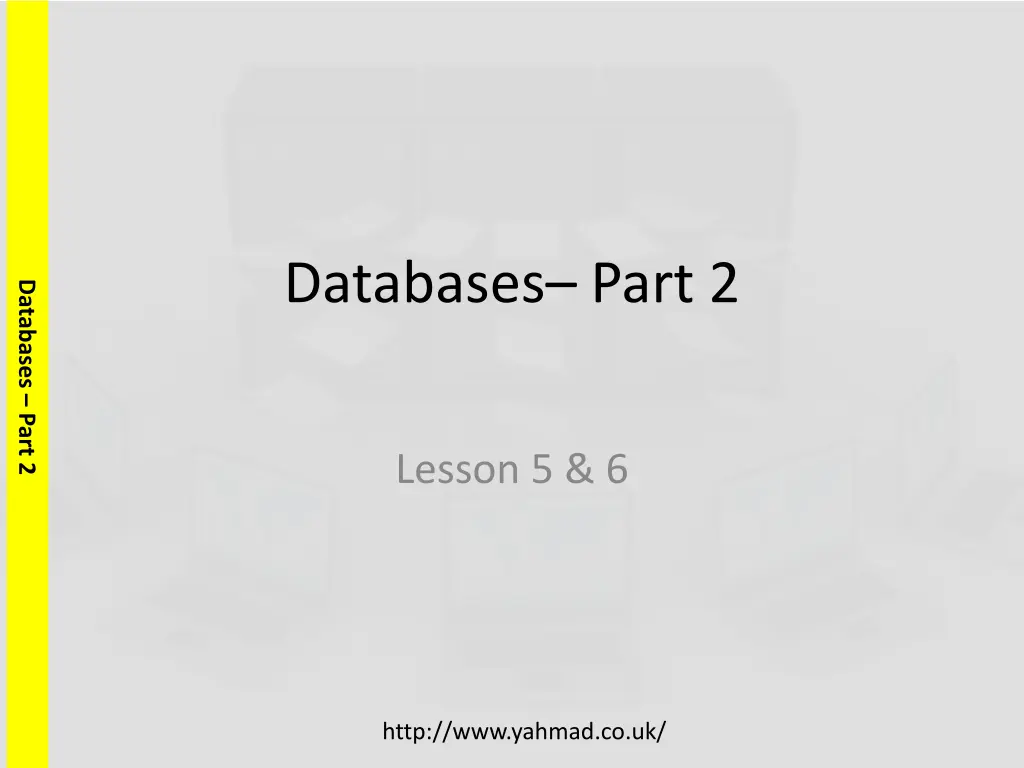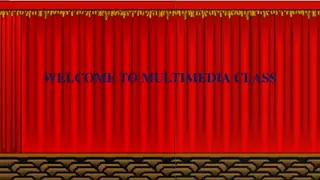
Understanding Different Search Criteria in Databases
Explore the various search criteria used in databases, such as wildcards, range queries, and field-specific searches. Learn why different search criteria are essential for efficient data retrieval. Dive into practical examples and applications for search optimization.
Download Presentation

Please find below an Image/Link to download the presentation.
The content on the website is provided AS IS for your information and personal use only. It may not be sold, licensed, or shared on other websites without obtaining consent from the author. If you encounter any issues during the download, it is possible that the publisher has removed the file from their server.
You are allowed to download the files provided on this website for personal or commercial use, subject to the condition that they are used lawfully. All files are the property of their respective owners.
The content on the website is provided AS IS for your information and personal use only. It may not be sold, licensed, or shared on other websites without obtaining consent from the author.
E N D
Presentation Transcript
Databases Part 2 Databases Part 2 Lesson 5 & 6 http://www.yahmad.co.uk/
Starter 1 Finding Information You use a query if you want to search for specific data in a database using specific search criteria. Discuss the different search criteria used in YouTube when searching for a clip? Databases Part 2 Why would you use the different search criteria? http://www.yahmad.co.uk/
Starter 2 Discuss the different types of Search Criteria Wild Card Sometimes a field may contain more than one word. To find something specific you need to write a wildcard search. Like ** Like * * or * * Databases Part 2 Between Between 01/01/2010 And 02/02/2012 Between 5 And 15 Or Adventure Or Horror Not Not Horror <90 Less than <90 <01/01/2014 >90 More than >90 >31/12/2014 >=90 More than and equal to >=90 >=01/01/2014 37*____ Fields starts with 37 ____*37 Fields Ends with 37 http://www.yahmad.co.uk/
Lesson Overview Objectives To understand how queries can be used to search for specific data To understand the different types of search criteria required when searching for information. Databases Part 2 To understand the need to present information in a report format. To understand how calculations can be created in queries & Reports. Outcomes Time Task 1 Complete the Simple Queries and Report Task 2 Complete the Queries and Report Calculated Fields Formulas in the Report http://www.yahmad.co.uk/
Task 1 Simple Query and Report Create a Report for the following scenarios. Remember before you create the report you must create the Query. Report 1: (Title: Amazon Sales) Show the following Fields only: Book Name, Author Name, Shop Name, Sold & Price Show only the records which include: ama222 (Amazon) Sort: Price: Descending Fits on a single page wide with a page orientation of Portrait (Ensure all labels are shown in full) Databases Part 2 Report 2: (Title: Virgin) Show the following Fields only: Book Name, Shop Name, Headquarters Author, Nationality Show only the records which include: vin343 & Fantasy Sort: Book Name: Ascending Fits on a single page wide with a page orientation of Landscape (Ensure all labels are shown in full) Report 3: (Title: Powell's Books) Show the following Fields only: Author Name, Book Name, Genre, Sold, Price & Online Show only the records which include: pow554 and Not Crime Sort: Book Name: Descending Fits on a single page wide with a page orientation of portrait (Ensure all labels are shown in full) http://www.yahmad.co.uk/
Calculated Run Time Fields Enter New Calculated Run Time Field here Calculated Run time is used when we have to calculate specific values using data from existing fields. Databases Part 2 Number of Books Added to Stock New Stock Level:[Current Stock]+5 Required Field in Square Brackets Name of new field +5 http://www.yahmad.co.uk/
Formulas in Report We can use a number of formula in the report to calculate values from fields including: Sum, Average, Count, Max, Min etc. Function Tool Databases Part 2 Selected Fields http://www.yahmad.co.uk/
Formulas in Report (Design View) Use the label tool too add a label next to the formula. Databases Part 2 Label & Formula Label & Formula in Report View http://www.yahmad.co.uk/
Task 2 Advanced Query and Report Please Refer to the Video Tutorials Mobile Phone Insurance Databases Part 2 Make a query showing the following Fields: Book Name, Genre, Shop Name, Current Stock, Sale, Price & Author Show only the records which are not on sale and the shop name is Amazon. Sort: Current Stock: Descending Insert a new field called New Stock Level which is calculated at run-time You need to add 5 to the current stock level. Produce a Report: Has a report title: New Amazon Stock Records Fits on a single page wide ---- Has a page orientation of landscape Calculate the Total Sum of the New Stock Level Extension: Complete extension queries and reports http://www.yahmad.co.uk/
Plenary Refer to the Lesson Objectives Objectives To understand how queries can be used to search for specific data To understand the different types of search criteria required when searching for information. Databases Part 2 To understand the need to present information in a report format. To understand how calculations can be created in queries & Reports. Plenary Task (Q&A) Peer Assess each others work and suggest possible improvements. Discuss the levels pupils have achieved for this task. http://www.yahmad.co.uk/






















